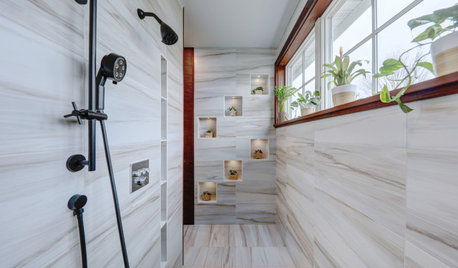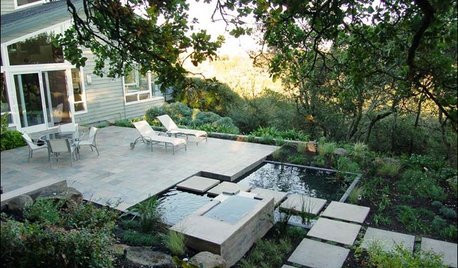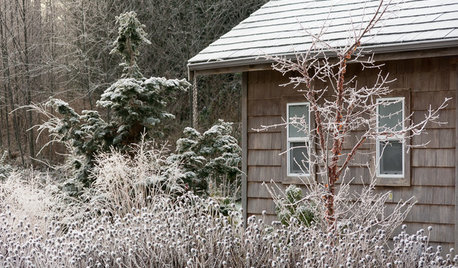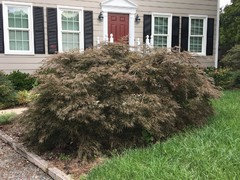Please help! Japanese Maple looked very dull and died(?)
Mar Par
5 years ago
last modified: 5 years ago
Featured Answer
Sort by:Oldest
Comments (9)
val rie (7a - NJ)
5 years agoRelated Professionals
Elwood Landscape Architects & Landscape Designers · Ilchester Landscape Architects & Landscape Designers · Alpharetta Landscape Contractors · West Chester Landscape Contractors · Brenham Driveway Installation & Maintenance · Chattanooga Driveway Installation & Maintenance · Wakefield Landscape Contractors · Arlington Landscape Contractors · Fountain Hills Fence Contractors · Lakewood Fence Contractors · Derry Landscape Architects & Landscape Designers · Cordele Landscape Contractors · Lake Saint Louis Landscape Contractors · Hueytown Landscape Contractors · Schaumburg Decks, Patios & Outdoor EnclosuresMar Par
5 years agogardengal48 (PNW Z8/9)
5 years agoMens Tortuosa(5b Omaha, NE)
5 years agolast modified: 5 years agoMar Par
5 years agogardengal48 (PNW Z8/9)
5 years agolast modified: 5 years agoval rie (7a - NJ)
5 years agocearbhaill (zone 6b Eastern Kentucky)
5 years ago
Related Stories

GARDENING GUIDES13 Japanese Maples for Shade
A surprising variety of these understory trees is waiting to make a statement in your shade garden
Full Story
TREES11 Japanese Maples for Breathtaking Color and Form
With such a wide range to choose from, there’s a beautiful Japanese maple to suit almost any setting
Full Story
GARDENING GUIDES12 Japanese Maples for a Sunny Garden
The right maple in the right place shines in hot summer sun
Full Story
BATHROOM MAKEOVERSBathroom of the Week: Japanese Spa Style for a Contemporary Look
A design-build firm’s owner brings the outdoors inside in his dream bathroom’s large open shower
Full Story
CONTRACTOR TIPSWhat to Look for in a Contractor's Contract
10 basic ingredients for a contract will help pave the way to remodel happiness
Full Story
LANDSCAPE DESIGNHow to Look Good From Any Angle (the Garden Edition)
Does your garden pique interest from one vista but fall flat from another? These tips and case-study landscapes can help
Full Story
GROUND COVERSNative Alternatives to English Ivy, Japanese Pachysandra and Periwinkle
These shade-loving ground covers are good for the environment and say something about where you are
Full Story
MOST POPULARCrowd-Pleasing Paint Colors for Staging Your Home
Ignore the instinct to go with white. These colors can show your house in the best possible light
Full Story
PLANTING IDEAS3 Color Palettes to Help Set Your Garden’s Mood
Select plants in these color combinations to create an outdoor space that’s cheerful, energizing or calming
Full Story
WINTER GARDENINGLook Beyond Plants for a Wonderful Winter Garden
Use sculptures, fences and other structures to draw the eye to a bare-bones landscape
Full Story









gardengal48 (PNW Z8/9)